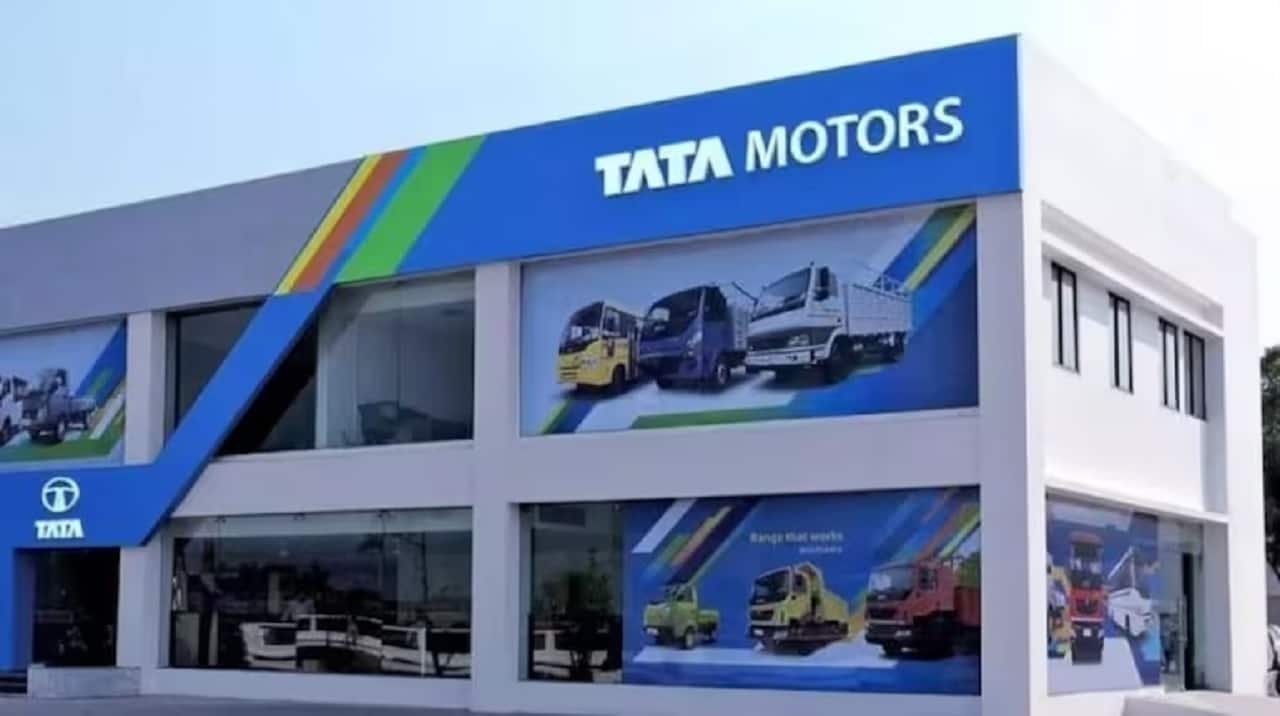 |
|
Tata Motors announced its financial results for the third quarter of fiscal year 25 (Q3 FY25), revealing a significant drop in consolidated net profit. The company reported a 22 percent year-on-year (YoY) decline, reaching Rs 5,451 crore, falling short of analyst expectations. This underperformance can be primarily attributed to two key factors: weaker margins across various segments and a slowdown in sales volume from its luxury vehicle subsidiary, Jaguar Land Rover (JLR). While the company did experience a sequential improvement, suggesting some positive momentum, the overall performance lagged behind projections. The results highlight the challenges faced by the automotive industry, including persistent supply chain disruptions and fluctuating global demand. The decline in profit, despite a modest increase in revenue, underscores the pressure on profitability within the sector.
Revenue from operations did see a slight increase of 2.7 percent YoY, reaching Rs 1,13,575 crore. This modest growth was fueled by a marginal improvement in overall sales across its different divisions: commercial vehicles (CV), passenger vehicles (PV), and JLR. However, the positive revenue growth was overshadowed by a considerable contraction in profitability. Earnings before interest, tax, depreciation, and amortization (EBITDA) margins experienced a significant decline of 60 basis points YoY, settling at 13.7 percent. This reveals that while Tata Motors managed to sell more vehicles, the cost of doing so significantly impacted the bottom line. The pressure on margins suggests increased input costs, pricing challenges, or a combination of factors that outweighed the modest increase in sales volume.
A detailed segmental performance analysis reveals a mixed picture. JLR, despite achieving record quarterly revenue of GBP 7.5 billion (a 1.5 percent increase YoY), witnessed a decline in profitability. While its EBIT margin reached a decade high of 9 percent, its EBITDA margin contracted by 200 basis points to 14.2 percent. Profit before tax (before exceptional items) for JLR stood at GBP 523 million, lower than the GBP 627 million recorded in the same period last year. The company attributed the sequential growth to improvements in its supply chain, but expressed concern about the overall demand outlook, particularly in the crucial Chinese market. This underscores the complex interplay between operational efficiency and market conditions in determining overall financial performance.
The commercial vehicles (CV) segment experienced a more pronounced downturn, with revenue falling 8.4 percent YoY to Rs 18,431 crore. This decline was largely due to weaker volumes and an unfavorable product mix. Despite the revenue reduction, EBITDA margins improved to 12.4 percent, representing a 130 basis point increase, due to material cost savings and the benefits of the government’s Production Linked Incentive (PLI) scheme. This highlights the effectiveness of cost-cutting measures and government support in mitigating the impact of lower sales volume. The passenger vehicles (PV) segment also experienced a revenue decline, albeit smaller, with a 4.3 percent fall to Rs 12,354 crore. However, similar to the CV segment, EBITDA margins in the PV segment improved, increasing by 120 basis points to 7.8 percent, thanks to cost-cutting initiatives and PLI incentives. The growth in electric vehicle (EV) sales within the personal segment (up 19 percent YoY) offers a glimmer of hope and suggests a shift towards more sustainable mobility solutions.
Despite the overall drop in profit, some positive developments emerged. Profit before tax (before exceptional items) fell marginally to Rs 7,700 crore, only Rs 75 crore less than the year-ago period. This indicates some resilience within the company's operations. Furthermore, automotive free cash flow reached Rs 4,700 crore, driven by improved volumes, and finance costs decreased significantly by Rs 760 crore to Rs 1,725 crore, a result of reduced gross debt. These positive aspects of the financial statement offer a degree of reassurance, suggesting improved operational efficiency and a stronger financial position. The outlook for the coming quarter remains somewhat cautious. Tata Motors expects demand to recover gradually, supported by infrastructure investment, new product launches, and stable interest rates. JLR anticipates further improvement in wholesale volumes in Q4, but remains wary about demand trends, especially in China.
In conclusion, Tata Motors' Q3 FY25 results present a mixed picture. While the overall profit dropped significantly, the company experienced modest revenue growth and sequential improvement across its various segments. The impact of weaker margins and the JLR slowdown weighed heavily on the overall performance. The company's focus on cost reduction, benefits from government incentives, and growth in its EV segment provide some reasons for optimism. However, the uncertainties surrounding global demand, especially in key markets like China, warrant cautious optimism regarding the future outlook. The company's statement expressing confidence in delivering another strong performance in the fiscal year reflects its belief in its operational resilience and the potential for market recovery.
